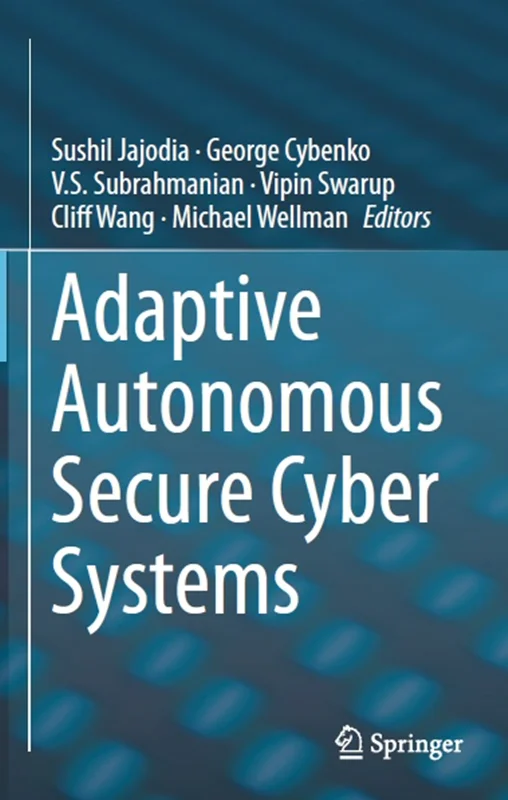This book explores fundamental scientific problems essential for autonomous cyber defense. Specific areas include:
- Game and control theory-based moving target defenses (MTDs) and adaptive cyber defenses (ACDs) for fully autonomous cyber operations;
- The extent to which autonomous cyber systems can be designed and operated in a framework that is significantly different from the human-based systems we now operate;
- On-line learning algorithms, including deep recurrent networks and reinforcement learning, for the kinds of situation awareness and decisions that autonomous cyber systems will require;
- Human understanding and control of highly distributed autonomous cyber defenses;
- Quantitative performance metrics for the above so that autonomous cyber defensive agents can reason about the situation and appropriate responses as well as allowing humans to assess and improve the autonomous system.
This book establishes scientific foundations for adaptive autonomous cyber systems and ultimately brings about a more secure and reliable Internet. The recent advances in adaptive cyber defense (ACD) have developed a range of new ACD techniques and methodologies for reasoning in an adaptive environment.
Autonomy in physical and cyber systems promises to revolutionize cyber operations. The ability of autonomous systems to execute at scales, scopes, and tempos exceeding those of humans and human-controlled systems will introduce entirely new types of cyber defense strategies and tactics, especially in highly contested physical and cyber environments. The development and automation of cyber strategies that are responsive to autonomous adversaries pose basic new technical challenges for cyber-security.
This book targets cyber-security professionals and researchers (industry, governments, and military). Advanced-level students in computer science and information systems will also find this book useful as a secondary textbook.

